Chinese low-speed electric vehicles are favored by foreign merchants
In recent years, low-speed electric vehicles that are convenient, flexible and affordable have not only seen explosive growth in domestic market demand, becoming a hot-selling model in third- and fourth-tier cities, towns and rural markets, but are also popular overseas, with active market demand.
Low-speed electric vehicles are exported to foreign countries
Recently, CCTV Finance reported on the booming export of low-speed electric vehicles at the Canton Fair. At the Canton Fair, which is a weathervane and barometer of China's foreign trade, the "new three" products represented by electric passenger cars, solar cells, and lithium batteries are booming, and low-speed electric vehicles are favored by foreign merchants.
"Our low-speed four-wheel electric vehicles sell particularly well in Europe. We can sell more than 500 units a year, and the annual growth rate is as high as 30% to 40%." The person in charge of a manufacturer of low-speed electric vehicles said that the company currently has a number of low-speed four-wheel electric vehicles, which are also very cool and cute in appearance. Compared with normal new energy vehicles, they are small in size, easy to park, and have environmental advantages. Therefore, they are particularly popular in the European market.
Thanks to the price advantage, low operating cost, strong adaptability to road conditions and other advantages of low-speed electric vehicles, as well as their role in reducing carbon emissions and promoting clean energy, China's low-speed electric vehicles are gradually entering the Southeast Asian, Central Asian, African, European and American markets.
Some foreign businessmen said that compared with electric cars and bicycles, low-speed electric cars are similar in appearance and structure to cars, but smaller in size, can cope with the problem of insufficient parking spaces, and can protect users from harsh environments. They are also relatively cheap and cost-effective. China's low-speed electric cars are an ideal choice for the logistics industry, last-mile express delivery companies, college graduates and new employees entering the workplace.
At present, many domestic low-speed vehicle companies are also continuing to cultivate the domestic mobility market while expanding overseas channels. Recently, the Xuzhou Daily reported that Jiangsu Jinzhi New Energy Vehicle Industry, a subsidiary of Jinpeng Group, has exported low-speed vehicles to Turkey, Pakistan, Austria and other countries and regions. In addition, the industry leaders such as Haibao, Hongri, Zongshen and Dayang also have long-term plans for exports.
Moreover, in recent years, at some import and export trade exhibitions, more and more companies from Jiangsu, Hebei, Henan and other regions have participated in the exhibition of low-speed vehicles.
It is urgent to issue product technical standards and driving regulations
Low-speed electric vehicles, which are subject to legal and policy constraints in China, are popular in overseas markets. The lack of national standards casts uncertainty on the prospects of this industry.
At present, the standards have been delayed, and there are too many differences in the industry on the various indicators of low-speed electric vehicles, which troubles the product design and technical transformation of vehicle manufacturers, and product consistency and product quality cannot be guaranteed. In actual management, the management "regulations" and "methods" of various places are different. Some places allow them to be on the road, while others do not, which are contradictory. Due to ineffective traffic management and the long-term absence of product standards, a series of social problems have been triggered, so the call for the elimination and banning of low-speed electric vehicles is getting louder and louder.
However, the hot export of low-speed electric vehicles is a good indication that the technology of low-speed electric vehicles is mature. Even if there is room for improvement in the future, they are definitely capable of serving as a short-distance means of transportation.
Therefore, standardized management is the only way for low-speed four-wheel vehicles, and standardized management should cover multiple links from production, sales, management, etc., and each link must be based on laws. "First, the production and manufacturing standards must be clear to regulate the bottom line of four-wheel vehicles; second, road rights should be managed in different regions; more importantly, in the face of traffic accident risks, there must be some protection." To further raise and build the industrial chain, national product quality standards should be issued as soon as possible, which is also what related companies are eagerly looking forward to.
In addition, we can draw on mature management experience and consider implementing the registration of four-wheel vehicles, special license plates, purchase of insurance and standardized driving, etc., to maintain the orderly development of the industry and protect the safety of drivers, passengers and third parties.
The market demand for low-speed electric vehicles is huge, and increasing exports of low-speed electric vehicles will certainly promote the formulation of standards. For the low-speed electric vehicle industry, with the release of relevant policies and industry standards and specifications, low-speed electric vehicles will usher in a greater market explosion in the future!
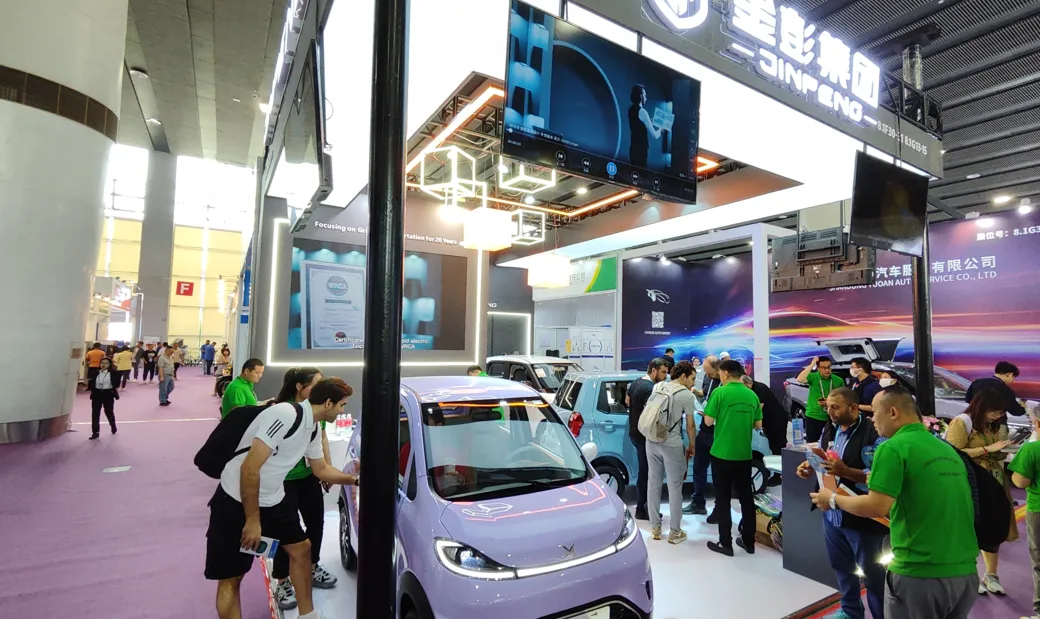


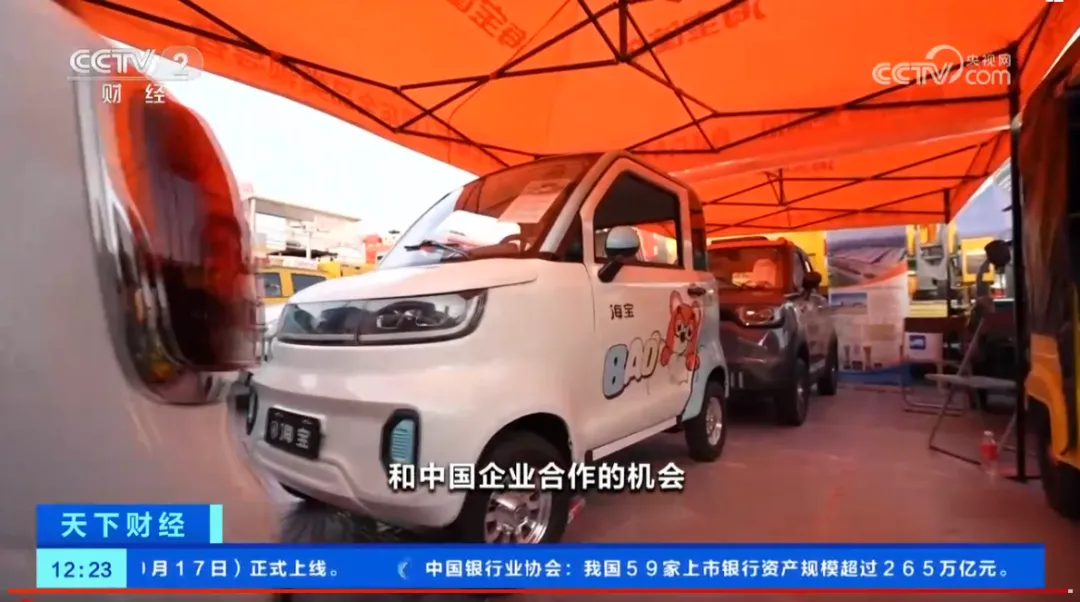
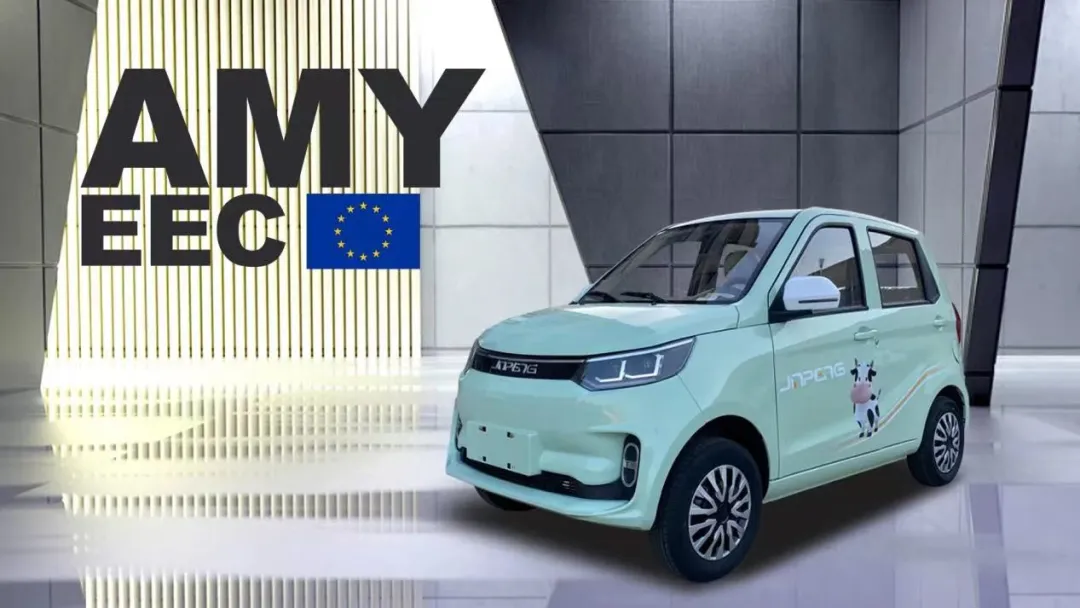

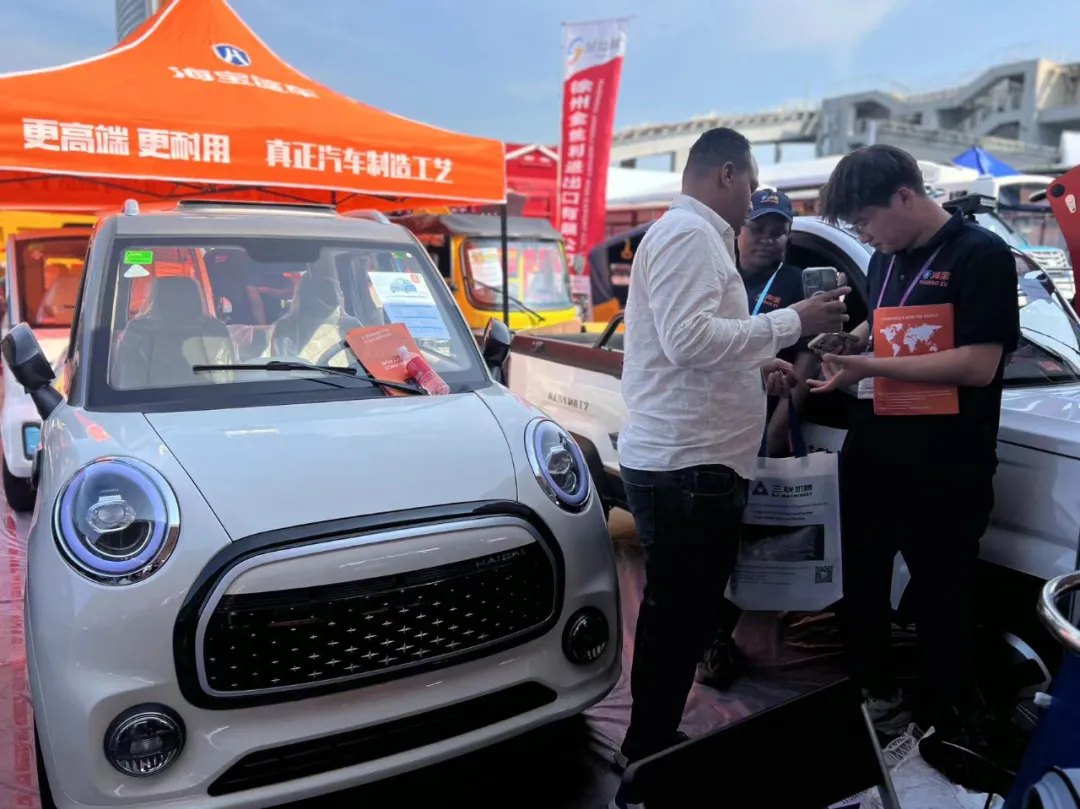
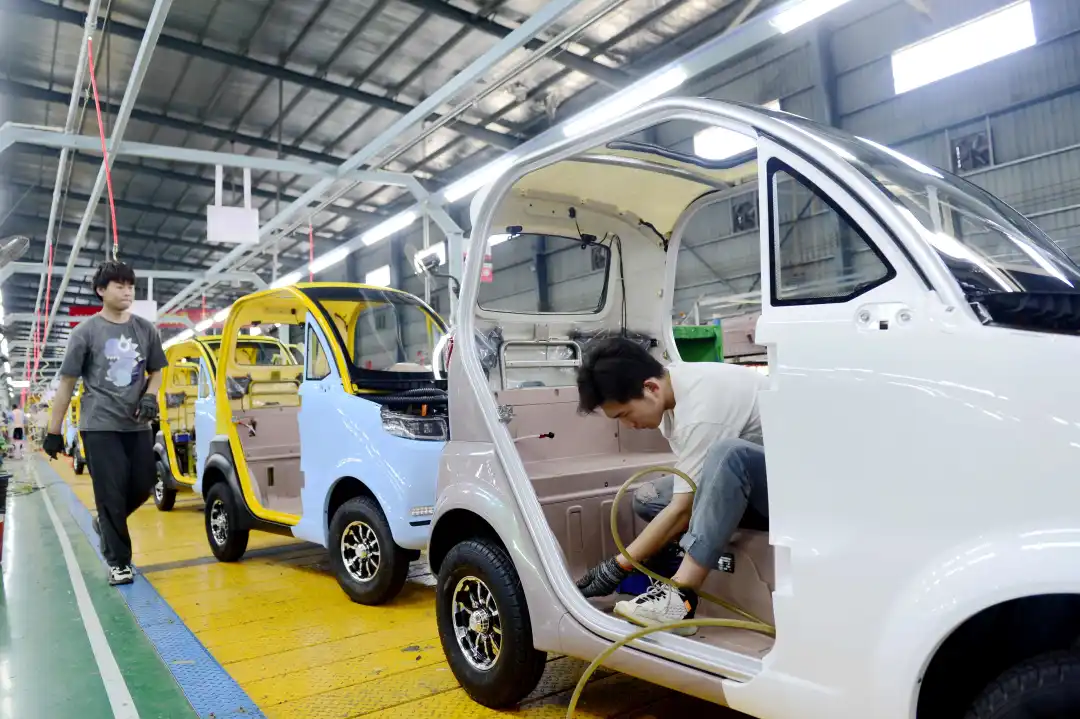
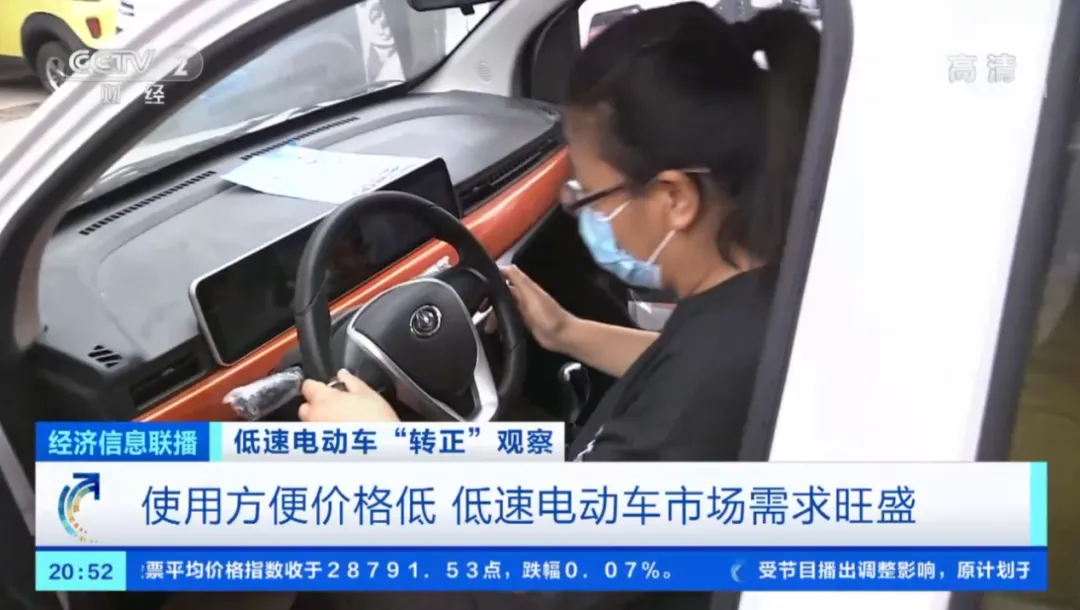











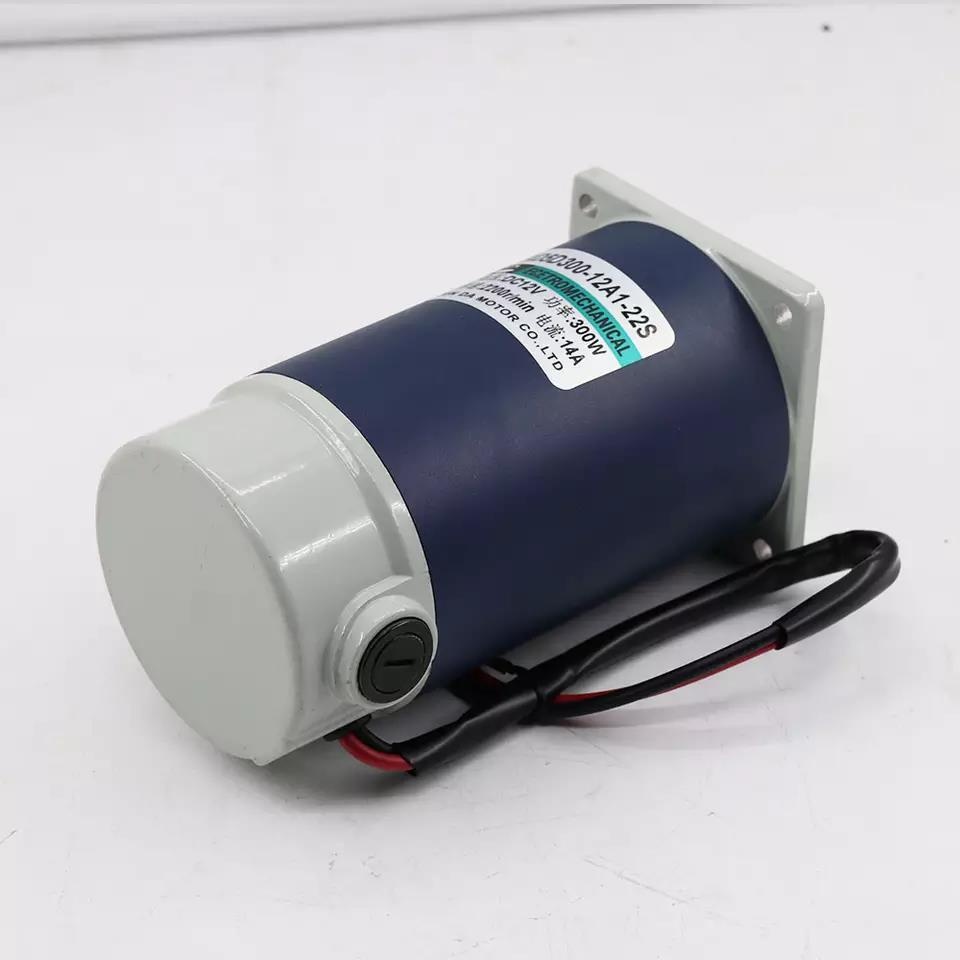


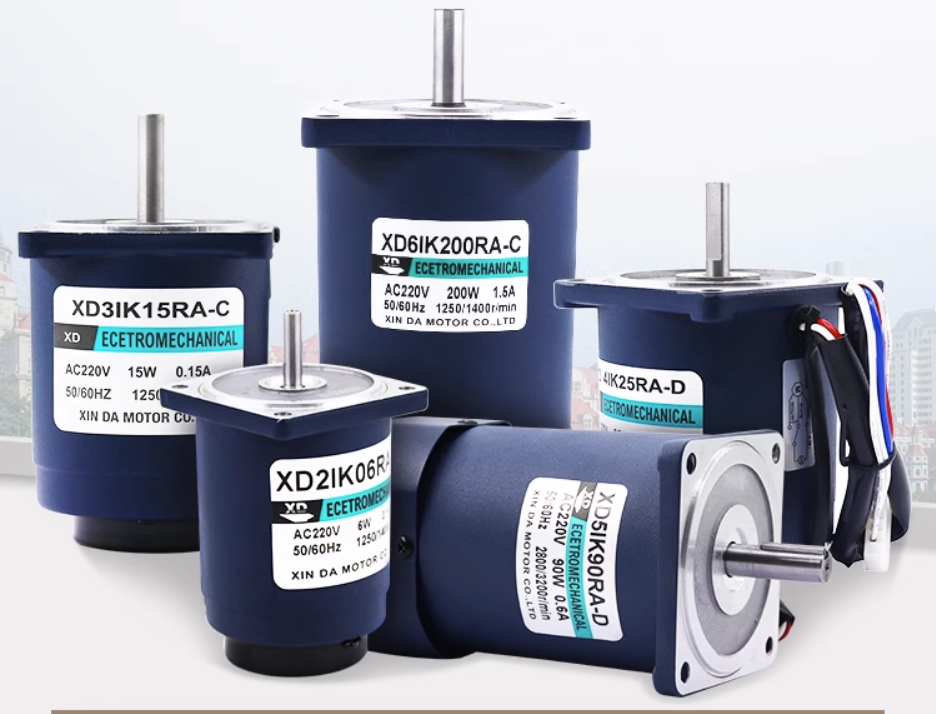


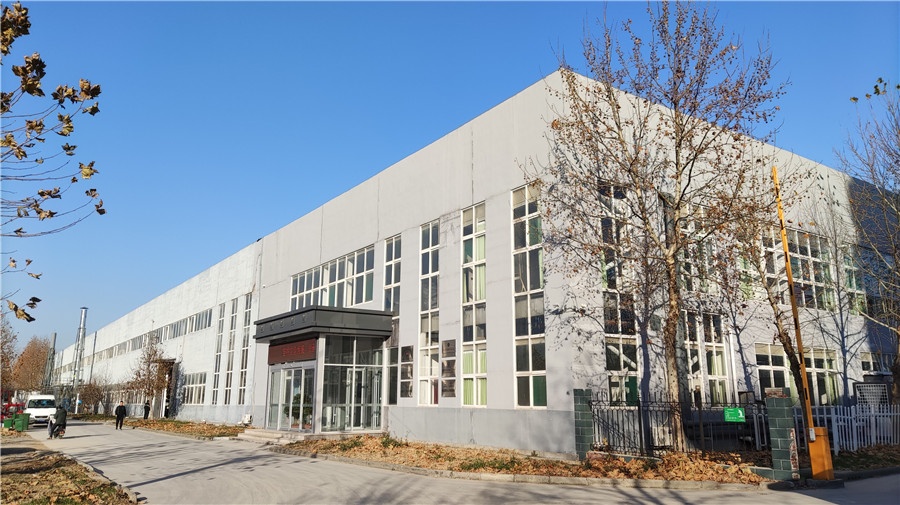
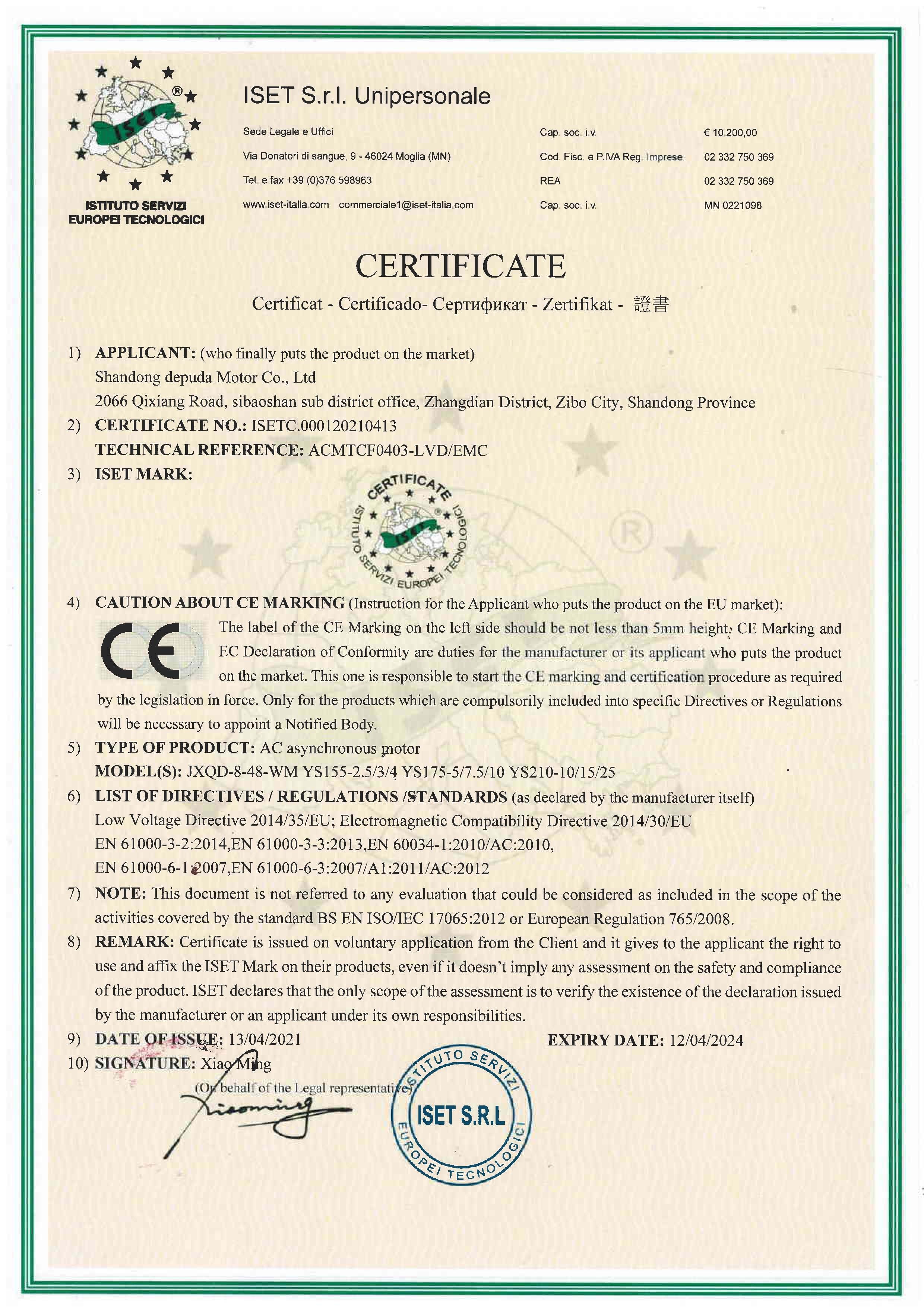
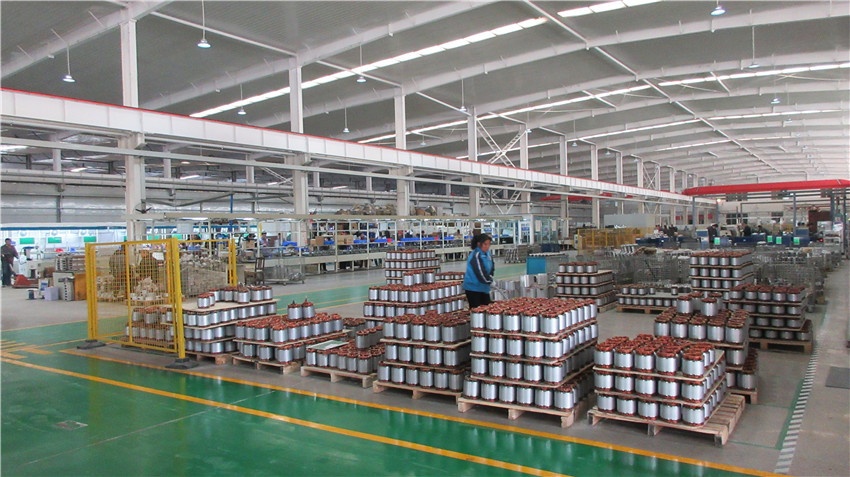
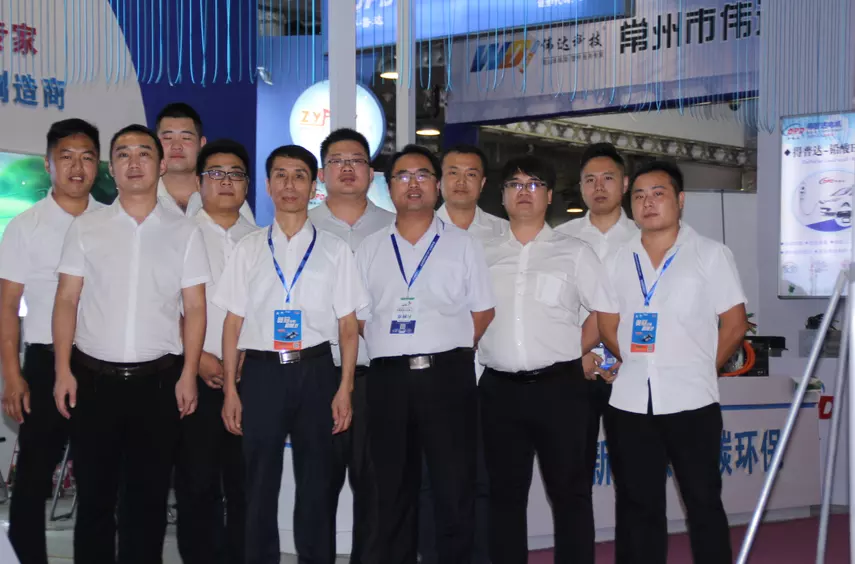


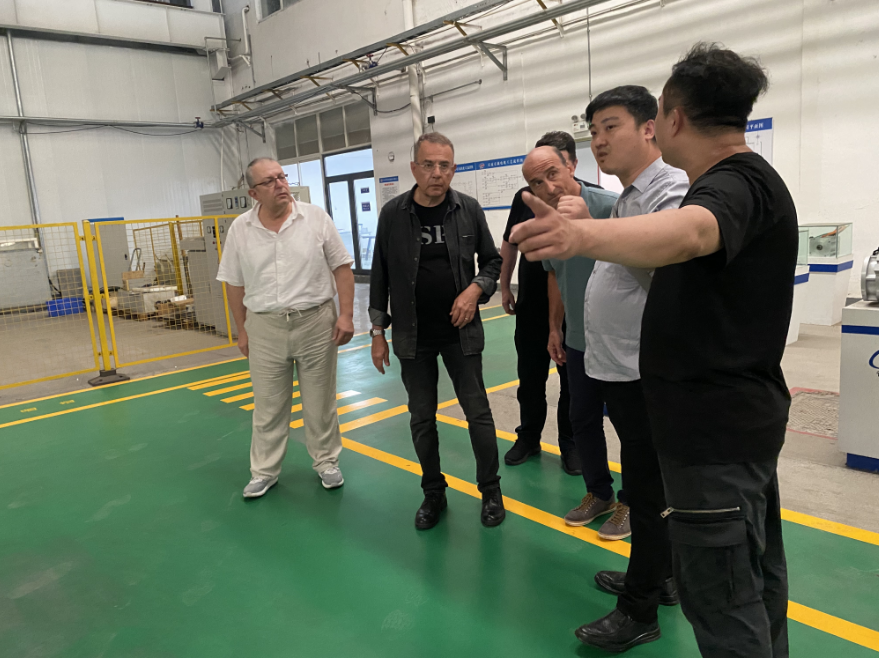
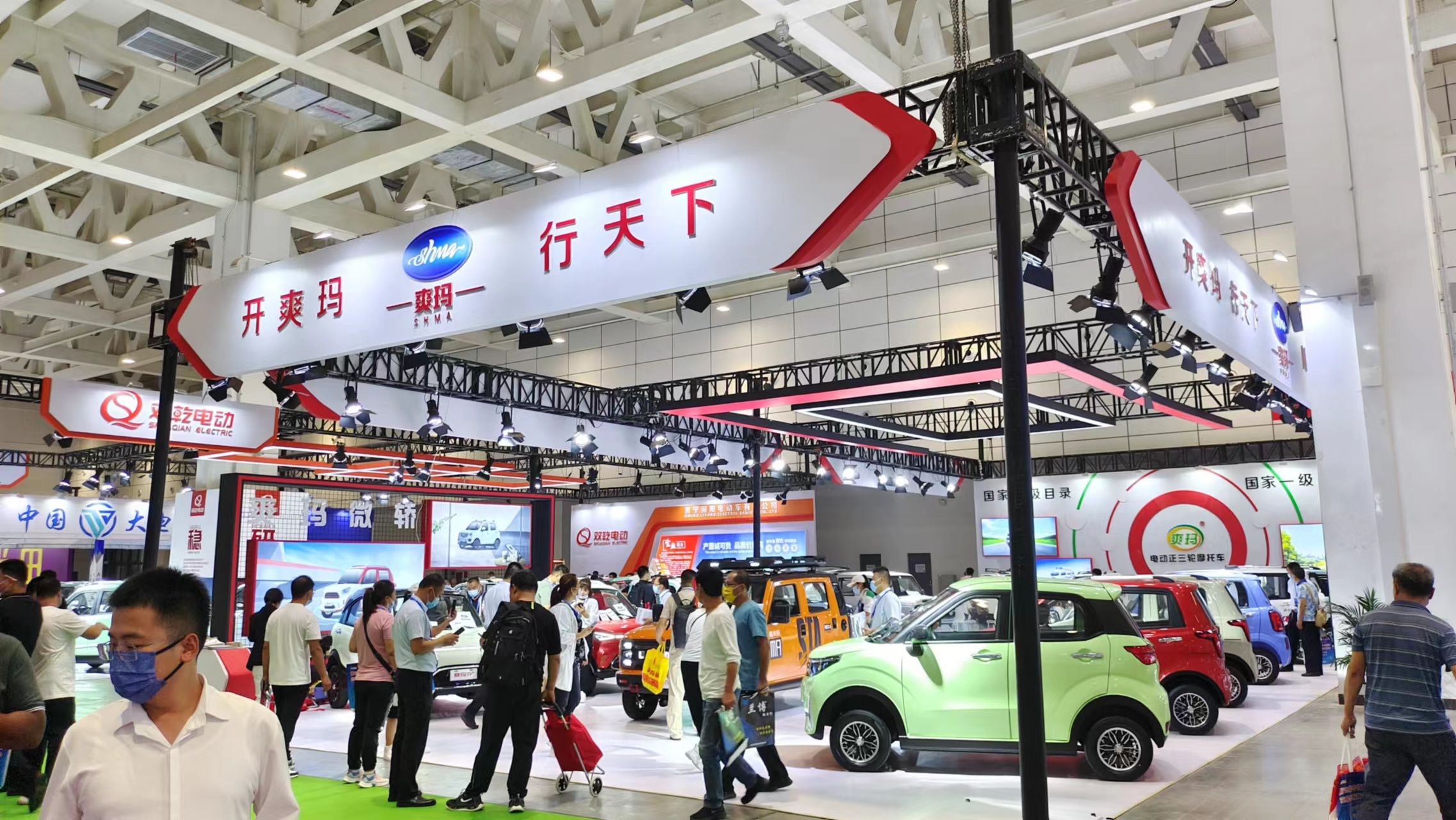


 XINDA
XINDA